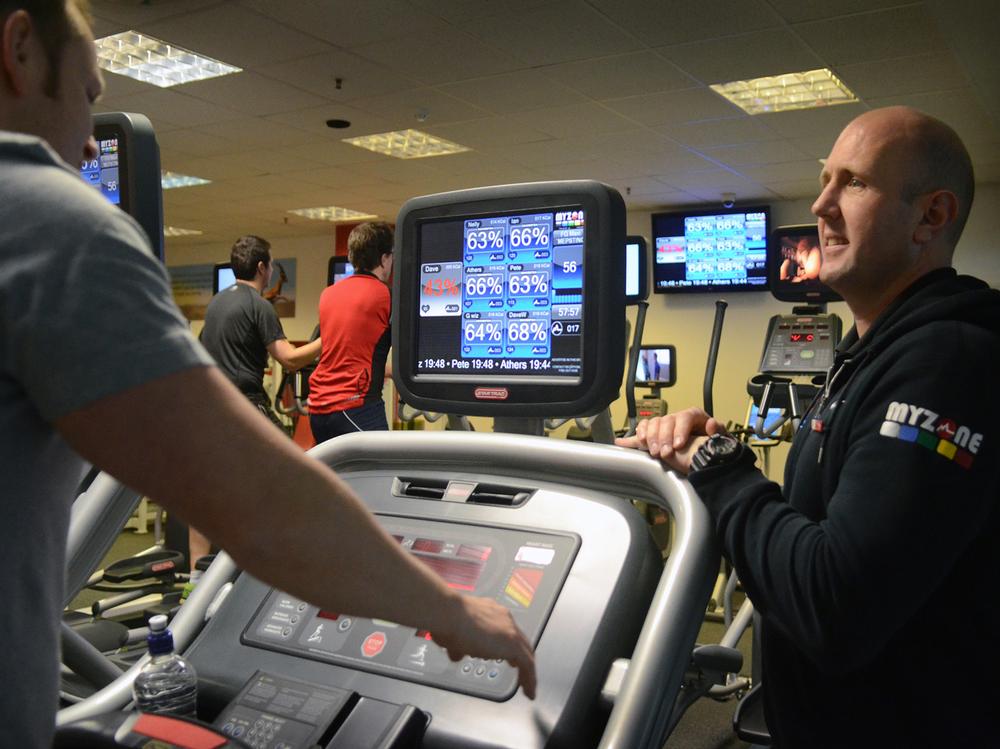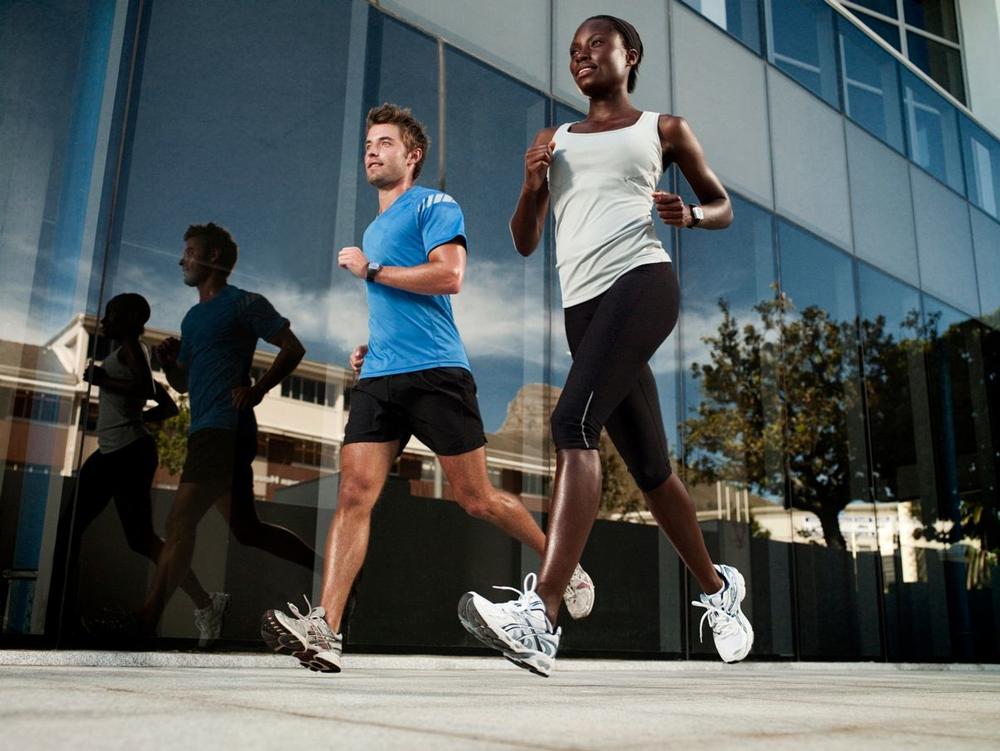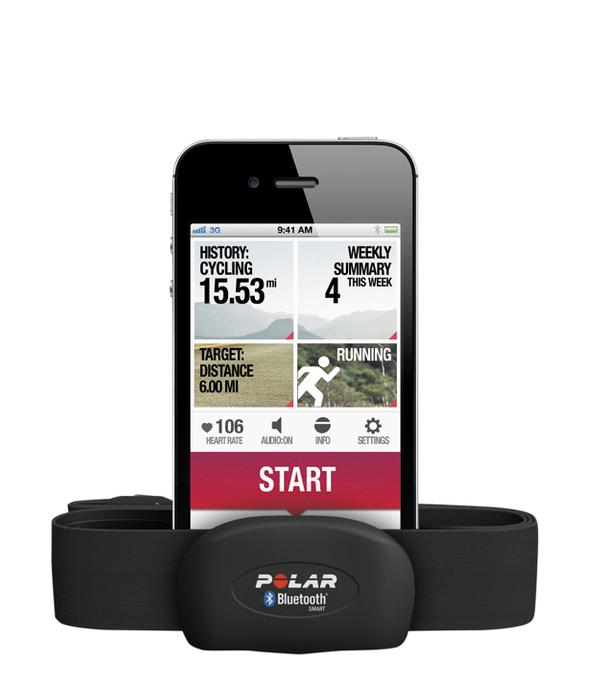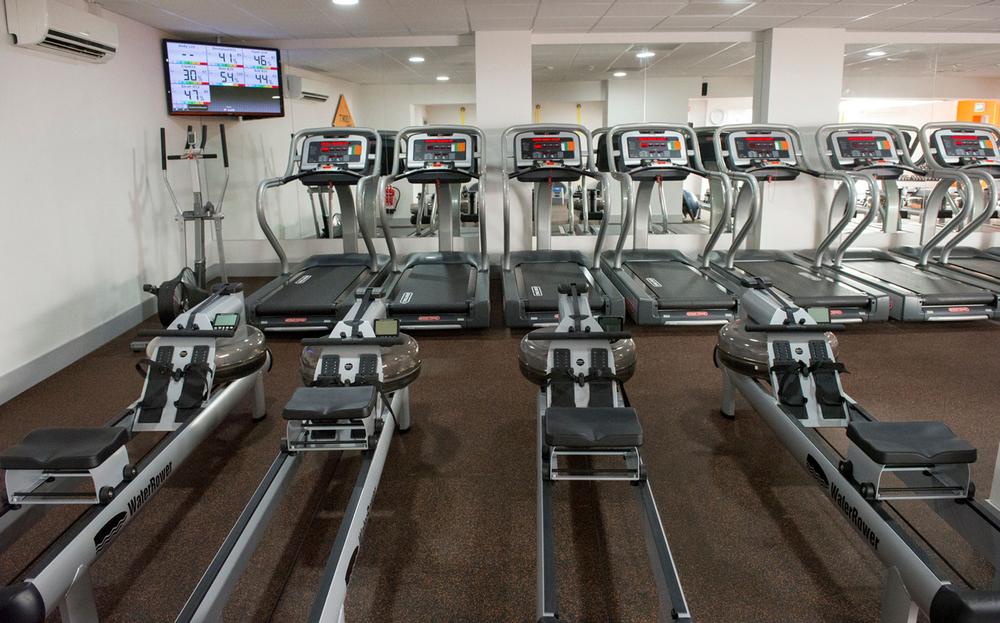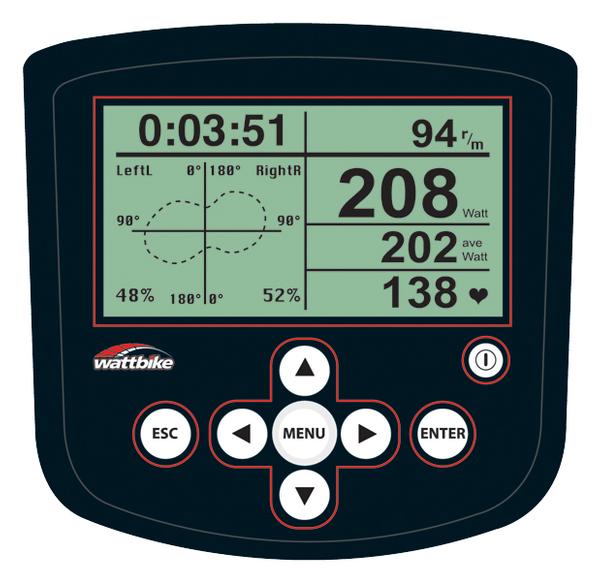When it comes to exercise, willpower only goes so far. According to current thinking, feedback – or more specifically, a continuous cycle of feedback – is most effective in motivating members to maintain an exercise regime.
“A continuous loop of feedback helps people stick to an exercise programme by providing immediate feedback. This increases a person’s awareness of how they are progressing towards their goals, which motivates them to continue,” explains Dr Michael Duncan, a BASES-accredited sport and exercise scientist and reader in sports and exercise at Coventry University in the UK.
The principle is simple: provide members with relevant information about their performance as they exercise and they’re more likely to modify their behaviour to reach their fitness targets. “The data acts as a visual prompt that focuses people’s attention on their goal, which is the real motivator for exercise,” says Duncan.
Inspiring effort
But this positive feedback loop only works if clients have access to accurate data in real time. And this is where heart rate-based training comes to the fore, with the latest monitoring systems providing accessible and up-to-the minute analysis of a user’s performance.
The MYZONE system monitors heart rate, intensity (effort) and calories, tracking all physical activity in and outside of the facility. Within a gym or studio environment, feedback is provided in real time: live heart rate data on individuals or a class can be viewed immediately on a screen, with different colours denoting the varying intensities that people are working at. It’s an extremely visual means of translating the key facts about each user’s performance.
All exercise data is then logged to a user cloud; functionalities within the system also allow operators to understand their members’ exercise habits and trainers to track clients’ exercise and nutrition via a free app.
“The focus on rewarding effort through MYZONE Effort Points motivates users to put in the work needed to get the results they want, with the feedback helping them to achieve sustained behaviour change,” says Jonathan Monks, UK director at CFM/MYZONE. “The game-based features such as inclusive effort-based challenges and social functionalities for sharing goals, workouts and progress makes exercise more fun and develops a sense of community.”
The solution was installed in De Vere’s 25 Velocity Health & Fitness Clubs in 2013 and proved so popular that the chain launched a dedicated MYZONE membership this January. The premium package – which includes a MYZONE belt, personal training sessions and a number of challenges – was taken up by around 1,000 people in January alone.
“MYZONE works brilliantly for us. Members can see how a workout on something like the battle ropes in the functional area really ramps up their effort points, which is very rewarding,” says Chris Southall, leisure director at De Vere Hotels & Resorts.
Zones for results
Helen Holmes, UK and international trainer for Keiser UK, has long advocated heart rate-based training as a means of motivating and retaining members. After seven years delivering V02 fitness assessments, she developed the Fit4Life heart rate training programme (see p68).
The core of these interval-based sessions is an accurate heart rate zone chart, which enables individuals to find their heart rates and work in the correct zone for their goal, from fat-burning to threshold sessions. Fine-tuned in a number of clubs over the last two years, the class has proved popular with new members as well as cyclists, triathletes and runners.
Meanwhile, Polar launched its new heart rate-based training solution in January of this year. The free app for iPad works with a Polar H7 heart rate sensor to allow instructors to monitor the real-time heart rate and performance data for individuals and classes of up to 40 people. The system provides a visual display of group heart rate data, adding a fun and competitive spirit to workouts. Clubs can tap into this by creating bespoke class and club challenges to keep their members engaged and motivated.
“The new system makes heart rate training easy,” says Liz Shenton, performance and training manager at Polar Electro UK. “Clients don’t need to know the science behind it; they can relate to the different coloured training zones.
“The more customers understand their own performance and how to train at the right levels to reach their goals, the more motivated they are and the more likely they are to return.”
Training at the right intensity is key to achieving fitness goals and motivating members, agrees Matt Moran, marketing manager at Wattbike. Developed with and for British Cycling, the Wattbike accurately evaluates user performance, measuring power output and pedalling technique as well as heart rate.
“Many gym members gauge the success and intensity of their workout by how much they’ve sweated, but this can leave them under-achieving or over-trained,” says Moran. “The heart is a muscle and needs to be treated and trained as such. By using a heart rate monitor, you can monitor which heart rate zone you’re in – but this is only part of the story. We use heart rate and power to precisely measure the intensity, fatigue and recovery of every session. Educating clients on how to train at the right intensity allows them to have more effective workouts.”
Personal, progressive training
The Wattbike is one of the ways David Lloyd Leisure (DLL) is using heart rate training to motivate and support its members in getting results. With its cycling experience suitable for general fitness and weight management through to obtaining the optimum results desired by cycling and triathlon enthusiasts – groups that have long used heart rate-based training – Wattbike is already installed at 20 DLL sites, with plans to roll it out to most of the estate.
DLL has also introduced the Orangetheory group training concept – which uses heart rate monitors to track performance and optimise training during the classes – into its David Lloyd Studio high street model.
“Heart rate-based training individualises group training,” says John Williams, health and fitness expertise coach at David Lloyd Leisure. “Instructors can see exactly how hard each person is working and how they’re recovering between sets and intervals, so they can coach them to get the most effective workout. We’re seeing some good retention figures as a result.”
Heart rate-based training is also useful for proving the value of good personal training, he says. To demonstrate the point, DLL master trainers used heart rate monitors to collect data on clients’ performance when they exercised on their own and with personal trainers. Comparing the two sets of data, they found that clients burned around 300 more calories on average when working with a personal trainer. It makes a compelling case for personal training, says Williams.
“Heart rate-based training allows clients to see and feel the difference that exercise makes. Working with a class of informed people is positive on all levels. Clients receive effective, progressive training that’s achievable and maintainable, and fitness clubs are rewarded with motivated members,” concludes Holmes. And so the cycle of feedback continues.








